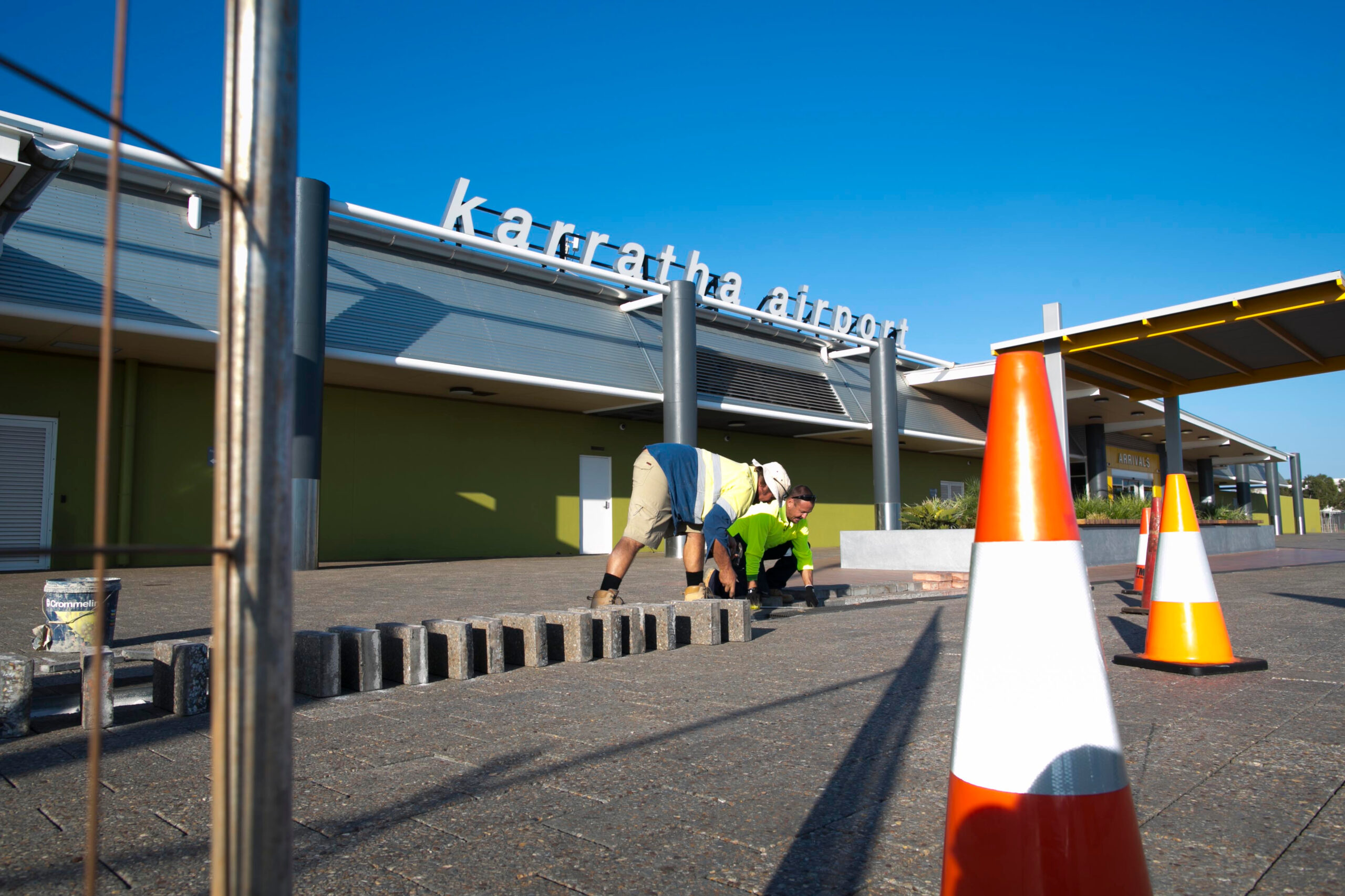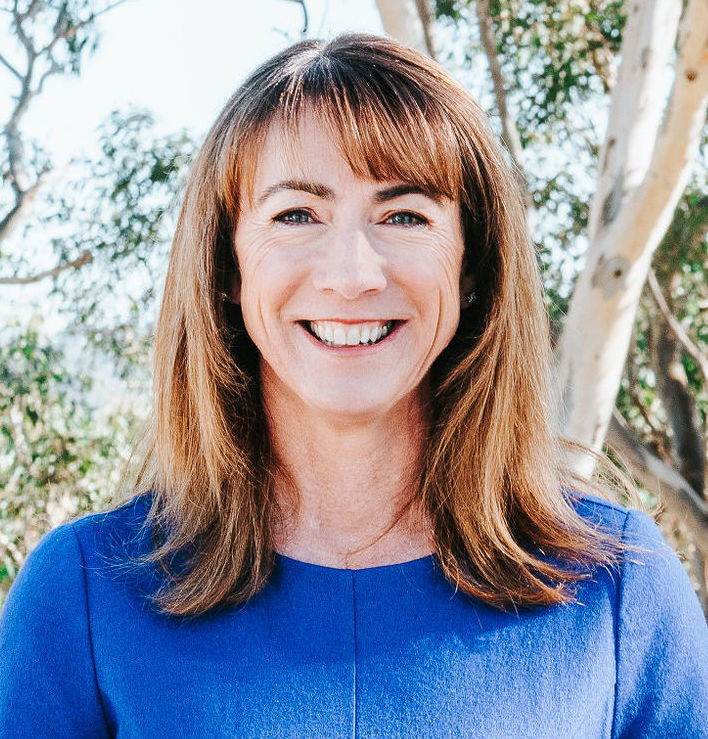The start of spring signalled an end to a busy period for the board and Regional Capitals Australia members.
In August, we had a successful delegation to meet Federal Government Ministers and Shadow Ministers in Canberra.
I had the opportunity to take our message to a wider audience at the National Convention Centre for the Regional Australia Institute’s National Summit. The Summit was a great opportunity to share our ideas with and hear from others who engaged deeply with regional Australia and the issues we face.
On the policy front, the RCA lodged its submission to the Federal Government’s Review of Regional Migration Settings. Our seven recommendations focussed on ways to secure our fair share of migration to regional areas to help our regional capital cities grow and thrive.
In September, the Federal Government released its Aviation White Paper. We were particularly pleased to see several of our recommendations reflected in the final policy document, however note that the Paper did not address key challenges like security arrangements which are burdensome for regional airports. We also await the future of REX airlines as administrators work through the detail.
We are pleased to welcome Port Lincoln as the newest member of Regional Capitals Australia. We’ll introduce you to Port Lincoln’s Mayor Diana Mislov and tell you a little about what makes Port Lincoln one of our great regional capitals later in the newsletter.
Registrations are now open for our Annual General Meeting in December. The link to book your place at the virtual AGM is near the end of the newsletter. We look forward to seeing as many of you as possible for one last time in 2024.
For our New South Wales members, Council elections took up much of our focus in September and October. I want to send my congratulations to everyone who was re-elected. To those who won’t be returning to serve as Councillors or will no longer be their Council’s RCA representative, I want to thank you for all that you have done for Regional Capitals Australia. Your commitment and hard work is valued and together we have achieved much for our communities.
Also some news from me, this will be my last newsletter as RCA Chair.
As I reflect on my tenure I am proud to have represented RCA as a pre-eminent regional Federal advocacy organisation with a 13-year history of putting the needs of regional cities on the National policy and funding agenda.
In the halls of Federal Parliament, the term ‘regional capital’ has become synonymous with regional cities that are not only highly liveable and productive but are also experiencing a new wave of growth.
I am proud that we have advocated for regional funding programs that have been a fit for our member cities like the newly established Regional Precincts and Partnerships Program, the re-establishment of the Regional Airports Program and the Housing Support Program.
We have been making the case for better consultation as the renewables boom rolls out and a better share of skills as the Government considers regional migration settings and for recognition that being a service hub means local government’s in regional capitals are delivering services and infrastructure that our metropolitan counterparts are not.
I have also welcomed Goulburn-Mulwaree Council, City of Palmerston, and City of Port Lincoln as new members. I look forward to seeing you all for my last time as RCA Chair at our AGM in December to thank you in person for your support and to celebrate what we’ve achieved so far for our cities.
Kind regards,
Cr Kylie King
Chair, Regional Capitals Australia










